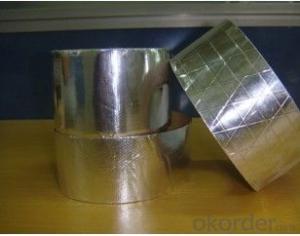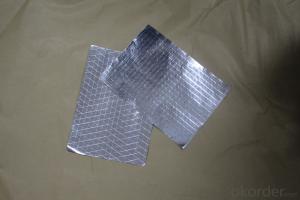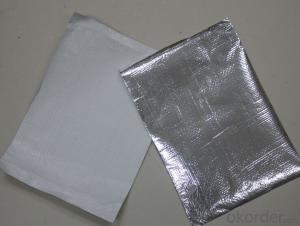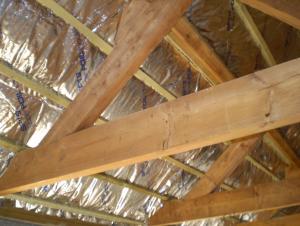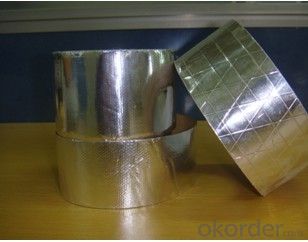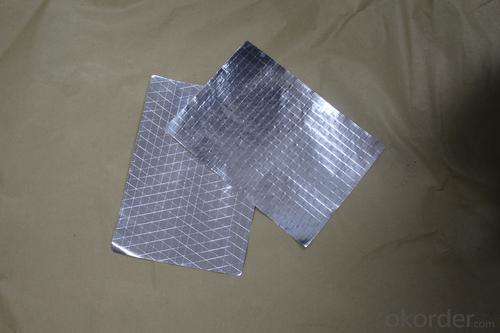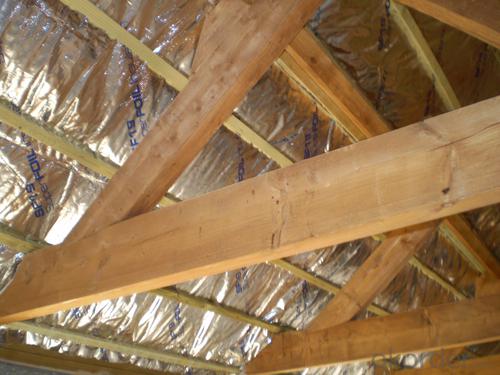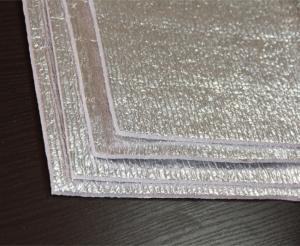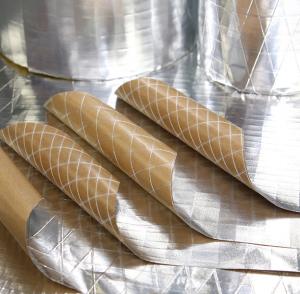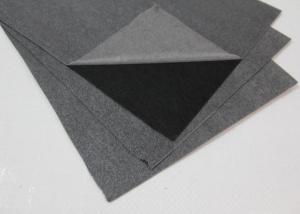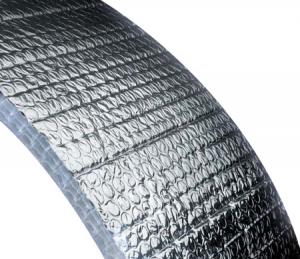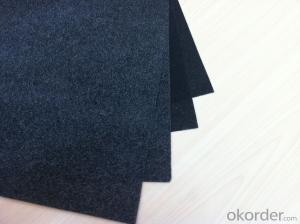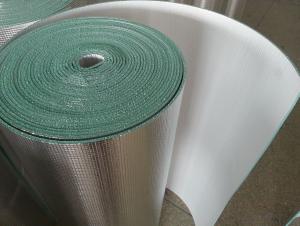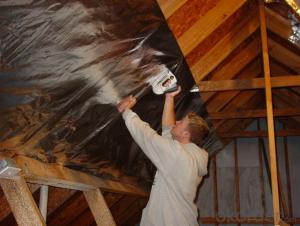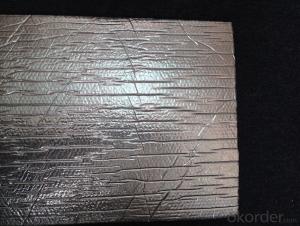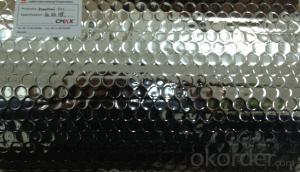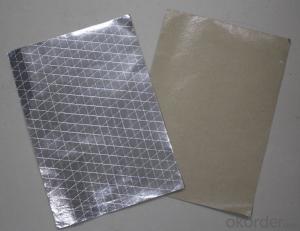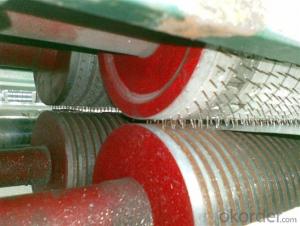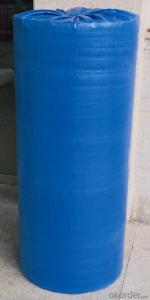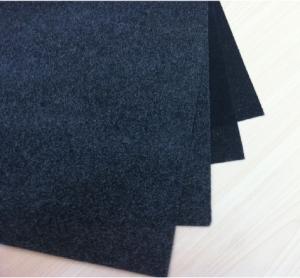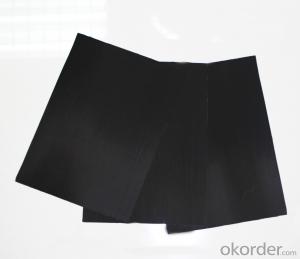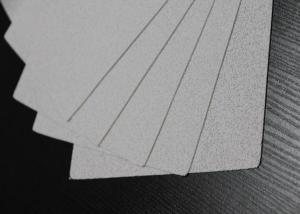Fiberglass Facing Flexible Ducts Bubble Foil Green Foil
- Loading Port:
- China Main Port
- Payment Terms:
- TT OR LC
- Min Order Qty:
- -
- Supply Capability:
- -
OKorder Service Pledge
OKorder Financial Service
You Might Also Like
Application:
1,Building Thermal Insulation Material
(1),Roof,Underlay,Under Concrete & floor Insulation;
(2),Attic,Crawl Space,Stud Wall ,Metal Frame Building Insulation.
2,Wrapping
(1),Protective coatings of ventilating pipe,HVAC Duct & Pipe;
(2),Shells of air conditioner and water heater.
Feature:
1), Waterproof, heavy duty, clean, light, flexible, non-absorbent surface
2), Fire resistant & antiglare
3), Recyclable, environmentally friendly
4), Effective in extreme temperatures both hot and cold
5), Easily install, cut, stapled, nailed or glued into place
6), Safe to handle with no special clothing or breathing Equipment
Feature:
1), Waterproof, heavy duty, clean, light, flexible, non-absorbent surface
2), Fire resistant & antiglare
3), Recyclable, environmentally friendly
4), Effective in extreme temperatures both hot and cold
5), Easily install, cut, stapled, nailed or glued into place
6), Safe to handle with no special clothing or breathing Equipment
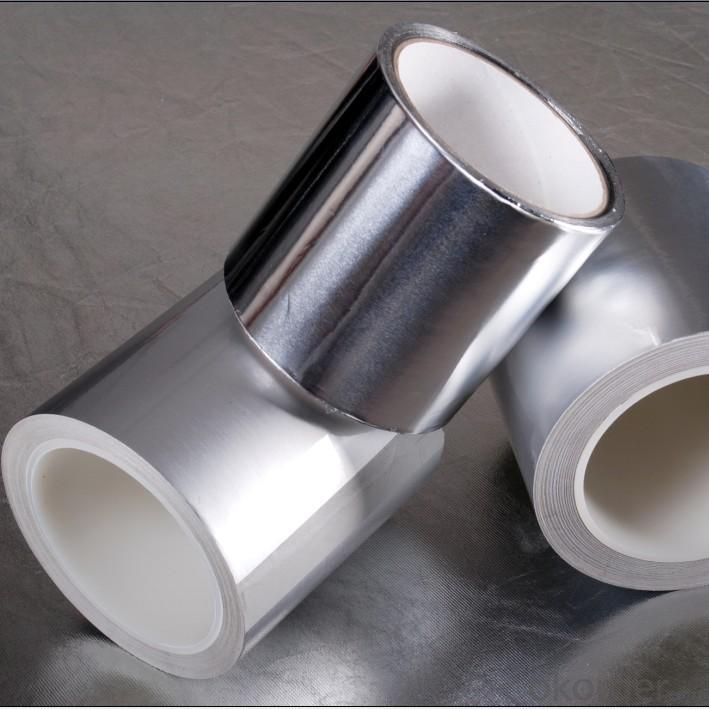
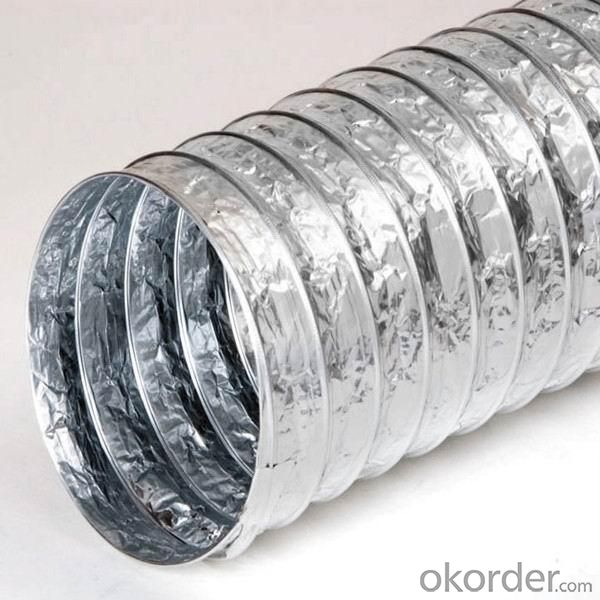
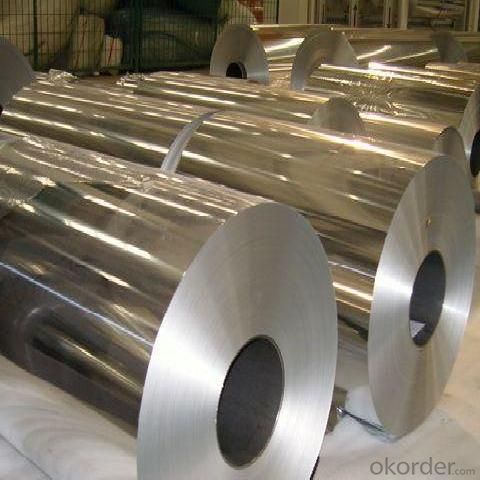
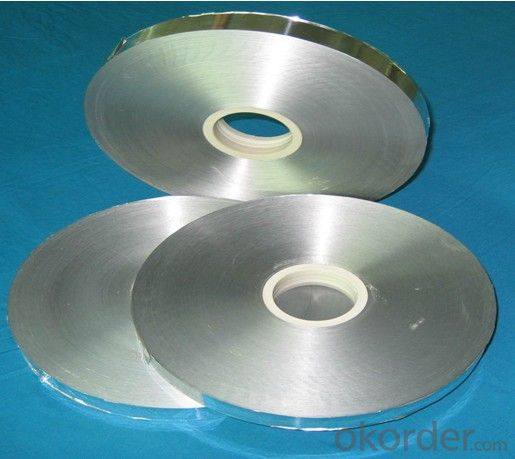
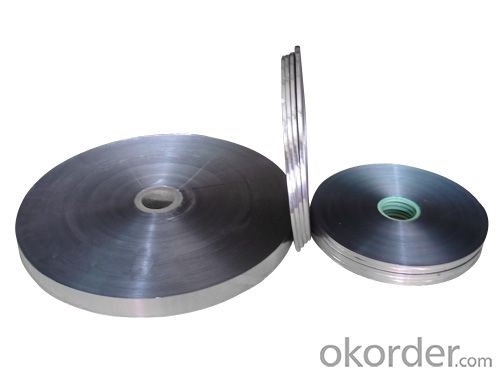
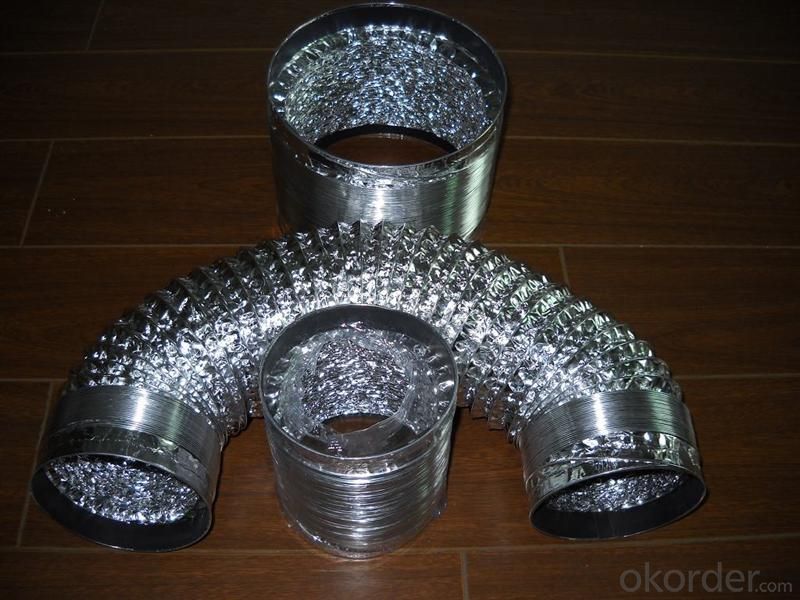
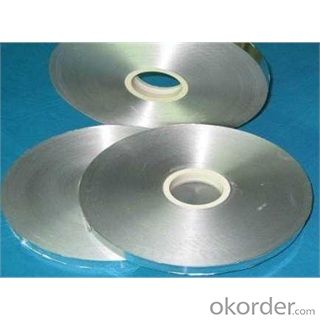
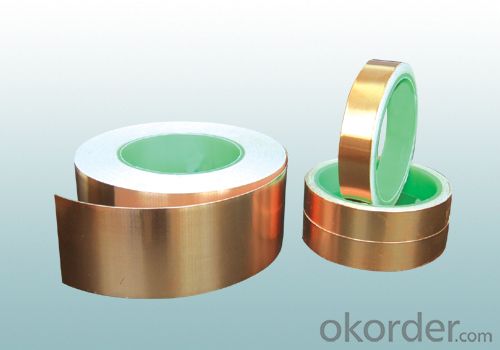
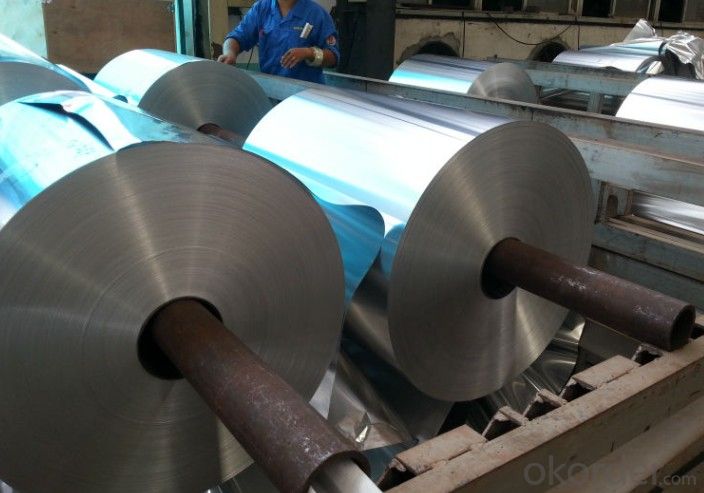
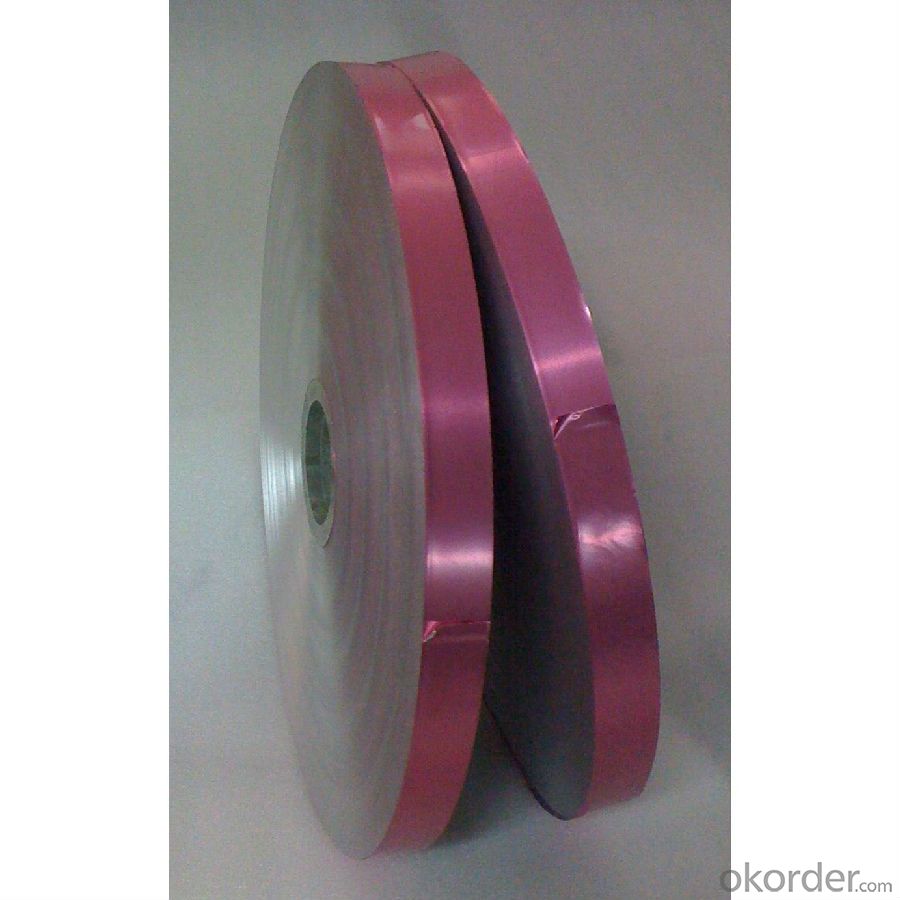
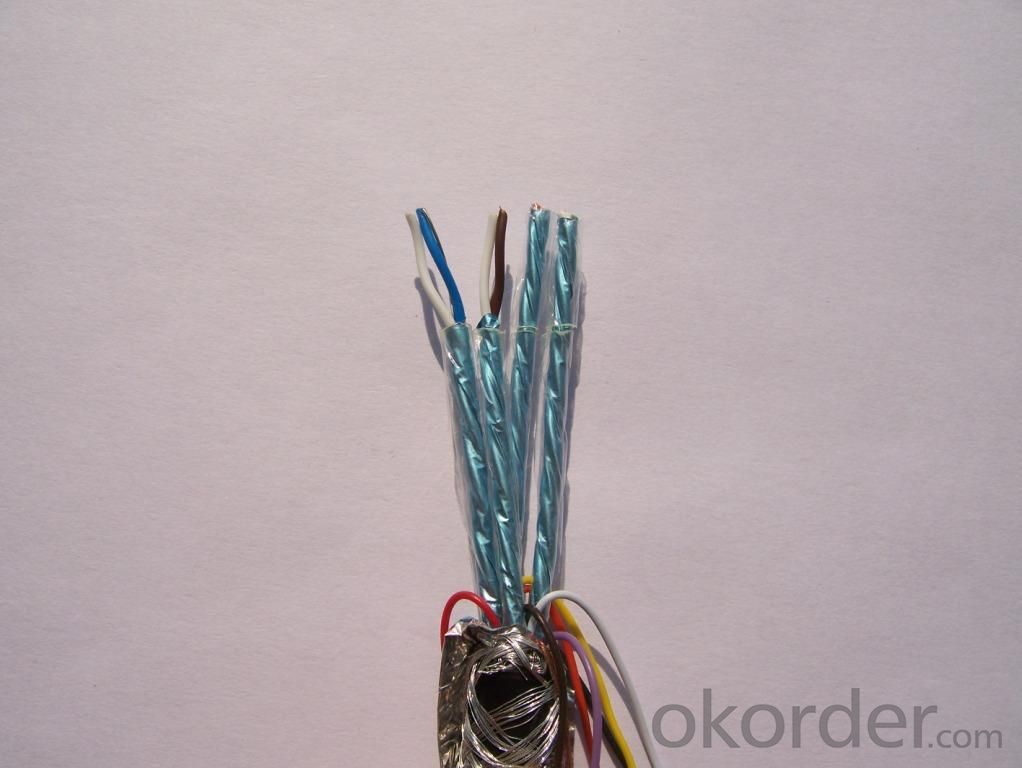
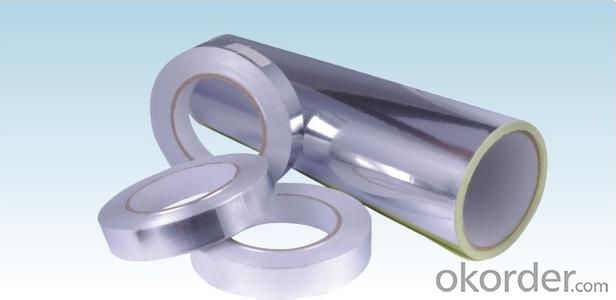
- Q: This question asks for a comparison of the benefits and drawbacks of utilizing black glass fiber in construction projects.
- <p>Black glass fiber offers several advantages in construction, such as high strength and durability, making it ideal for reinforcement. It is also resistant to corrosion and has excellent electrical insulation properties. Additionally, it is lightweight, which can reduce the overall weight of structures. However, it has some disadvantages, including its brittleness, which can lead to breakage under certain conditions. Black glass fiber can also be harmful to health if inhaled, necessitating proper handling and safety measures. Moreover, it is not as flexible as some other materials, which may limit its use in certain applications.</p>
- Q: What are the similarities and differences between white and black fiberglass tissue?
- <p>White and black fiberglass tissues are similar in that they are both made from glass fibers combined with a resin. They share properties such as strength, durability, and resistance to various environmental factors. However, the primary difference lies in their appearance, with white fiberglass tissue being lighter in color and often used for aesthetic purposes or in applications where a lighter color is preferred. Black fiberglass tissue is typically used in applications where color is not a concern or where a darker color is beneficial, such as in some industrial settings. The choice between white and black fiberglass tissue often depends on the specific requirements of the project or product being manufactured.</p>
- Q: Is it possible to recycle black fiberglass tissue in an environmentally friendly manner?
- <p>Yes, black fiberglass tissue can be recycled in a sustainable way. The process involves separating the fiberglass from other components, cleaning, and shredding it into smaller pieces. Recycled fiberglass can be used as a filler in new composite materials, reducing the need for raw materials and promoting sustainability. However, it's important to note that not all recycling facilities may accept black fiberglass due to the dye, which can complicate the recycling process. Proper disposal and recycling guidelines should be followed to ensure the material is handled correctly.</p>
- Q: The user is asking if they can use old dryer sheets with black fiberglass tissues to enhance their performance.
- <p>Using old dryer sheets with black fiberglass tissues is not recommended as it may not improve their performance and could potentially cause damage. Dryer sheets are designed to reduce static and soften fabrics in laundry, and their chemicals may not be suitable for fiberglass tissues. Instead, consider using products specifically designed for cleaning and maintaining fiberglass to ensure their longevity and optimal performance.</p>
- Q: Is it possible to utilize black fiberglass tissue in the creation of garments?
- <p>While it is technically possible to use black fiberglass tissue for clothing, it is not a common practice due to its rigidity and lack of flexibility. Fiberglass is typically used in construction and insulation applications. For clothing, materials that are soft, breathable, and flexible are preferred. If you're looking for a durable fabric, consider alternatives like Kevlar or other synthetic fibers designed for clothing.</p>
- Q: Is it possible to use black fiberglass tissue as a material for painting?
- <p>Yes, black fiberglass tissue can be used for painting, but it requires specific preparation. The surface needs to be properly sanded and primed to ensure paint adhesion. Fiberglass is a composite material and can be challenging to paint due to its smooth and non-porous nature. Using a primer designed for plastics or fiberglass can help the paint bond better. Additionally, the choice of paint is crucial; acrylic or epoxy-based paints are often recommended for their durability and adhesion properties on fiberglass.</p>
- Q: Is it possible to utilize black fiberglass tissue for filtering purposes, specifically for water or air?
- <p>Black fiberglass tissue can be used as a filter for water or air, but it's not typically the best choice due to its potential to release harmful fibers. While it may mechanically filter out larger particles, it's not efficient for capturing finer particles and can pose health risks. It's also not resistant to microbial growth, which is crucial for water filtration. Instead, materials like activated carbon, ceramic, or specialized synthetic filters are preferred for their effectiveness and safety in filtering water and air.</p>
- Q: Can black fiberglass tissue be utilized for cleaning hard surfaces?
- <p>Yes, black fiberglass tissue can be used for cleaning hard surfaces. It is known for its durability and abrasive properties, making it suitable for removing dirt, grime, and even paint. However, it's important to be cautious as it can scratch softer surfaces. Always test on a small, inconspicuous area first to ensure it won't damage the surface.</p>
- Q: This question asks to compare the benefits and drawbacks of utilizing black fiberglass tissue as a flooring material, considering its specific properties and potential impacts on usage and maintenance.
- <p>The advantages of using black fiberglass tissue for flooring include its high durability, resistance to corrosion, and strength, which makes it suitable for heavy-duty applications. It's also resistant to chemicals and moisture, reducing the risk of damage from spills or humid environments. However, the disadvantages include its potential to be slippery when wet, which can pose a safety hazard. Additionally, it may not be as aesthetically pleasing as other flooring options and can be more difficult to cut and install, requiring specialized tools and expertise.</p>
- Q: Can fiberglass facing be painted or customized?
- Yes, fiberglass facing can be painted or customized.
Send your message to us
Fiberglass Facing Flexible Ducts Bubble Foil Green Foil
- Loading Port:
- China Main Port
- Payment Terms:
- TT OR LC
- Min Order Qty:
- -
- Supply Capability:
- -
OKorder Service Pledge
OKorder Financial Service
Similar products
Hot products
Hot Searches
Related keywords
